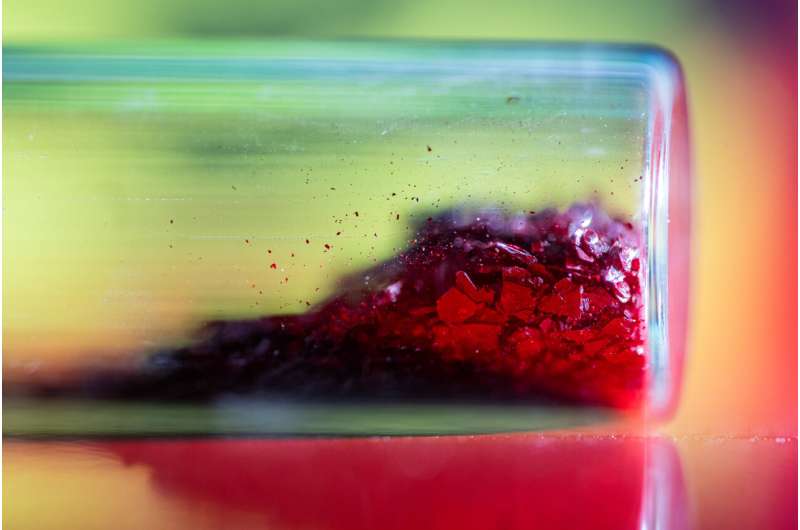Solar power is not only the fastest growing energy technology in recent history but also one of the cheapest energy sources and the most impactful in terms of reducing greenhouse gas emissions.
A Rice University study featured on the cover of Science describes a way to synthesize formamidinium lead iodide (FAPbI3)—the type of crystal currently used to make the highest-efficiency perovskite solar cells—into ultrastable, high-quality photovoltaic films. The overall efficiency of the resulting FAPbI3solar cells decreased by less than 3% over more than 1,000 hours of operation at temperatures of 85 degrees Celsius (185 Fahrenheit).
“Right now, we think that this is state of the art in terms of stability,” said Rice engineer Aditya Mohite, whose lab has achieved progressive improvements in the perovskites’ durability and performance over the past several years. “Perovskite solar cells have the potential to revolutionize energy production, but achieving long-duration stability has been a significant challenge.”
With this most recent breakthrough, Mohite and collaborators have reached a critical milestone toward making perovskite photovoltaics market-ready. The key was “seasoning” the FAPbI3precursor solution with a sprinkling of specially designed two-dimensional (2D) perovskites. These served as a template guiding the growth of the bulk/3D perovskite, providing added compression and stability to the crystal lattice structure.
“Perovskite crystals get broken in two ways: chemically—destroying the molecules that make up the crystal—and structurally—reordering the molecules to form a different crystal,” said Isaac Metcalf, a Rice materials science and nanoengineering graduate student and a lead author on the study.
“Of the various crystals that we use in solar cells, the most chemically stable are also the least structurally stable and vice versa. FAPbI 3 is on the structurally unstable end of that spectrum.”
While more stable than FAPbI3both chemically and structurally, 2D perovskites are typically not great at harvesting light, making them a poor choice of material for solar cells.
However, the researchers hypothesized that 2D perovskites used as templates for growing FAPbI 3 films might impart their stability to the latter. To test this idea, they developed four different types of 2D perovskites—two with a surface structure nearly indistinguishable from that of FAPbI 3 and two less well-matched—and used them to make different FAPbI3film formulations.
“The addition of well-matched 2D crystals made it easier for FAPbI 3 crystals to form, while poorly matched 2D crystals actually made it harder to form, validating our hypothesis,” Metcalf said.
“FAPbI 3 films templated with 2D crystals were higher quality, showing less internal disorder and exhibiting a stronger response to illumination, which translated as higher efficiency.”
The 2D crystal templates improved not only the efficiency of FAPbI 3 solar cells but also their durability. While solar cells without any 2D crystals degraded significantly after two days of generating electricity from sunlight in air, solar cells with 2D templates did not start degrading even after 20 days. By adding an encapsulation layer to the 2D-templated solar cells, stability was further improved to timescales approaching commercial relevance.

